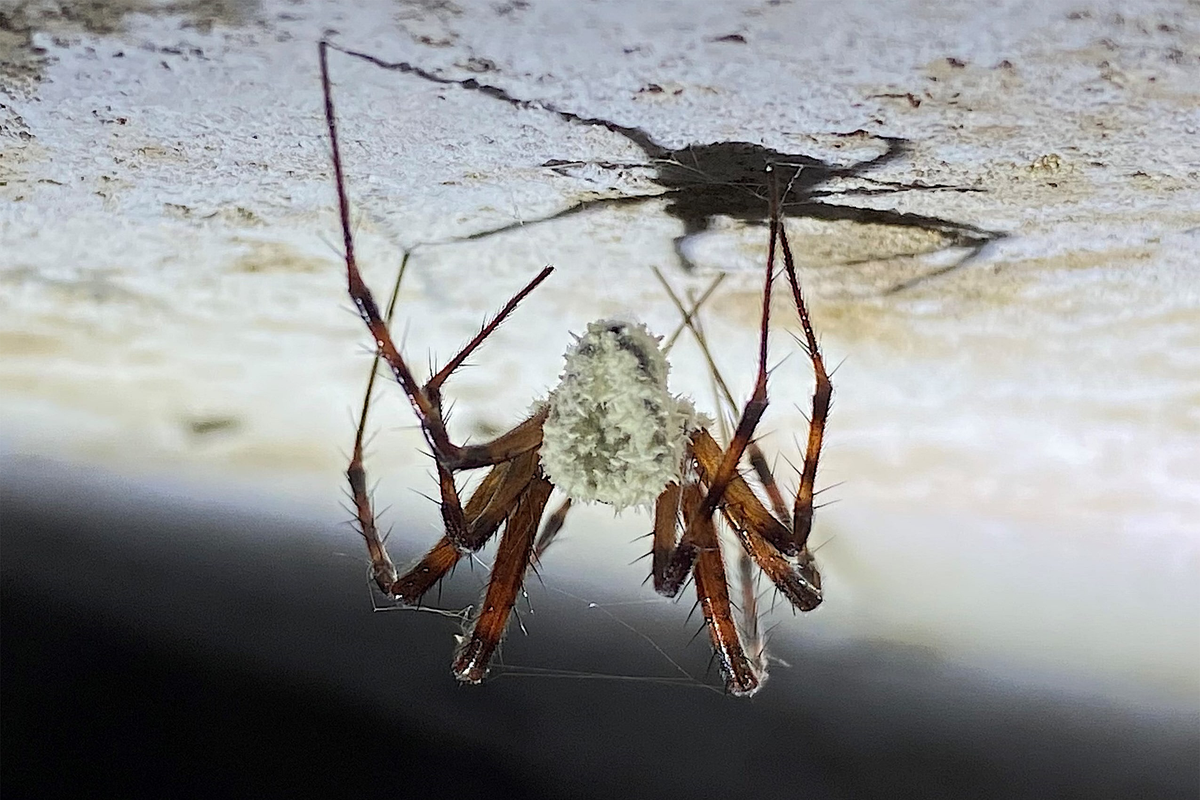
Spiders infected with a fungus that turns them into “zombies” are now being found all over the world — including in the U.S. — and freaking out homeowners.
Fungus-infected spiders have been spotted by residents in Minnesota, Ontario, the U.K., Russia and New Zealand, The Wall Street Journal reports.
The fungus was first discovered four years ago inside an abandoned gunpowder store in Northern Ireland by the crew of the BBC’s Winterwatch TV series. Researchers named the fungus Gibellula attenboroughii, after the iconic British naturalist, David Attenborough.
The fungus infects orb-weaving, cave-dwelling spiders found in Europe called Metellina merianae, scientists discovered. The fungus works by changing the arachnids’ behavior to help promote the spread of spores, according to a study published earlier this year in the research journal Fungal Systematics and Evolution.
It causes spiders to behave in strange ways, such as going out into the open to die. Now, homeowners around the world are being haunted by the sight of these zombie arachnids.
Anna Baddams, who lives in the city of Southampton on England’s south coast, found hundreds of the zombie spiders in her shed, she told the Journal. She “couldn’t sleep for weeks” and keeps her windows closed to keep them from crawling in. Simon Butenko told the Journal he similarly found the spiders in his parents’ wine cellar in Anapa, Russia. He said the encrusted spiders were “hanging at head height” when he found them.
Landscaper Gareth Jenkins told the Journal he found several zombie spiders clumped in groups underneath a client’s deck in London. He said their legs were curled up “as if they were going to jump on my face.”
“Maybe don’t tell the kids,” Jenkins recalled telling the homeowner.
Zombie insects might sound familiar to those who have seen The Last of Us, a TV series about a post-apocalyptic world in which the cordyceps fungus infects people and turns them into zombie-like creatures. In reality, this fungus, belonging to the Ophiocordyceps genus, infects ants and manipulates their behavior. However, the fungus can’t infect humans — and neither can the fungus that’s zombifying spiders.
“Infecting humans would require many, many millions of years of genetic modifications,” Dr. João Araújo, a mycologist, told the Journal.
Even so, research on this fungus could reach beyond the world of insects and help us better understand our own brain health, Araújo previously told CNN.
“Imagine, [with] a fungus that can control the behavior of a spider, which metabolites they’re releasing in the brain of this spider,” Araújo said in February. “This could be something really revolutionary for Alzheimer’s and degenerative diseases and the ones that affect the brain.”
